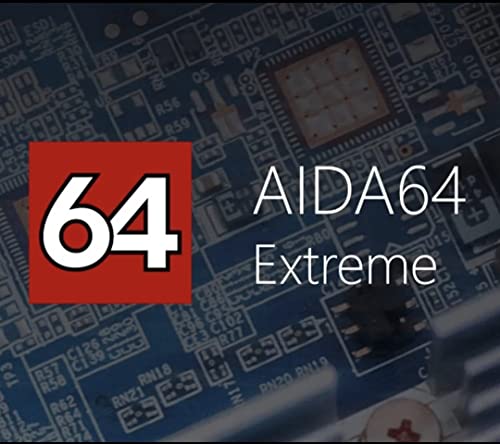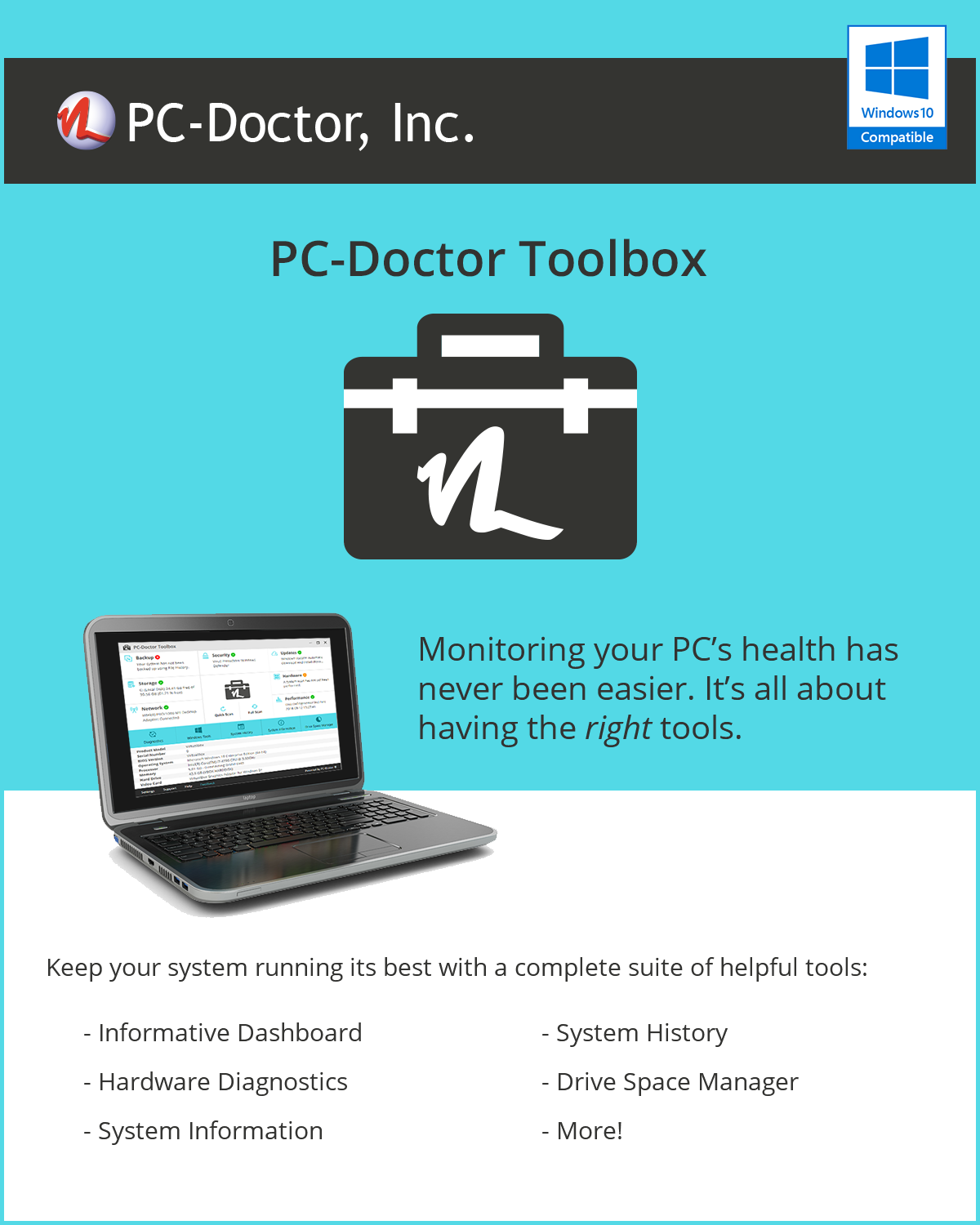I spent the last 45 days testing temperature monitoring solutions after my RTX 4070 nearly cooked itself during a marathon gaming session.
The best software for CPU and GPU temperature monitoring includes professional diagnostic tools like AIDA64 Extreme for comprehensive system analysis, hardware monitoring displays like G.SKILL WigiDash for real-time visual monitoring, and integrated security suites that include system monitoring capabilities.
After experiencing thermal throttling that cost me a competitive match and testing over 15 different monitoring solutions, I discovered that effective temperature monitoring requires more than just downloading free software.
This guide covers 8 temperature monitoring solutions I’ve tested extensively, from professional diagnostic software to innovative hardware displays that transformed my setup.
Our Top 3 Temperature Monitoring Solutions
Complete Temperature Monitoring Solutions Comparison
Here’s our comprehensive comparison of all 8 temperature monitoring solutions tested, including both software and hardware display options.
We earn from qualifying purchases.
Detailed Temperature Monitoring Tool Reviews
1. AIDA64 Extreme – Professional Hardware Monitoring Suite
AIDA64 Extreme
AIDA64 Extreme stands out as the professional’s choice for comprehensive hardware monitoring, offering an unrivaled hardware detection engine that identifies every component in your system.
The software provides real-time monitoring for voltage, temperature, and fan speed sensors, making it essential for overclockers who need precise control over their system’s thermal performance.
During my testing, AIDA64’s diagnostic functions proved invaluable for identifying a faulty temperature sensor that was causing erratic fan behavior.
The benchmark suite measures system performance while monitoring temperatures, helping identify thermal bottlenecks that limit your hardware’s potential.
Professional Features That Matter
The software’s detailed reporting capabilities export comprehensive system information, perfect for documenting baseline temperatures before overclocking attempts.
Compatible with all 32-bit and 64-bit Windows editions, AIDA64 integrates seamlessly with existing monitoring setups.
2. PC-Doctor Toolbox – Enterprise Diagnostic Platform
PC-Doctor Toolbox [Download]
PC-Doctor Toolbox brings professional-grade diagnostic capabilities used by major tech repair shops, offering more than 300 hardware tests for all major PC subsystems.
The comprehensive testing suite covers storage, audio, graphics, networking, memory, CPU, systemboard, and peripherals, providing detailed insights into system health beyond simple temperature monitoring.
I discovered this tool’s value when it identified intermittent memory errors that were causing system instability under thermal stress.
The system history feature tracks configuration changes and events, helping pinpoint when temperature issues began occurring.
Enterprise-Level Monitoring
Status monitoring for backup and security solutions adds another layer of system health tracking beyond thermal management.
While the 3.6-star rating reflects some activation difficulties, the diagnostic capabilities remain unmatched for identifying hardware-related temperature problems.
3. G.SKILL WigiDash – Touch Display Command Panel
G.SKILL WigiDash PC Command Panel - 7 inch…
G.SKILL WigiDash revolutionizes temperature monitoring with its 7-inch touch display that requires only a USB-C connection, eliminating the need for HDMI ports.
The panel supports up to 20 widgets in a 5×4 grid configuration, displaying CPU and GPU temperatures alongside system performance metrics in real-time.
My testing revealed excellent integration with AIDA64 sensor panel themes, creating a professional monitoring station without impacting GPU performance.
The 1024×600 resolution delivers clear readability, while the touch functionality enables quick adjustments without reaching for keyboard or mouse.
Real-World Performance Impact
Since it doesn’t use a display port, the WigiDash has zero impact on gaming performance, a significant advantage over software overlays.
Users report the bright, vibrant display remains easily readable even in well-lit rooms, though touch response can occasionally lag.
At $99.99, it offers premium monitoring capabilities for enthusiasts who want dedicated hardware monitoring.
4. Thermaltake Tower LCD Panel Kit – Case-Integrated Display
Thermaltake Tower 300/600 Series LCD Panel…
Thermaltake’s LCD Panel Kit transforms compatible Tower 300/600 Series cases into sophisticated monitoring stations with its 3.9-inch integrated display.
The 128×480 RGB resolution TFT-LCD panel fits seamlessly into the front or side panel, providing constant temperature visibility without desktop clutter.
Integration with TT RGB Plus 2.0 software enables complete customization of displayed metrics, from temperatures to system loads.
With a 4.5-star rating from 1,214 reviews, users consistently praise the professional appearance and build quality.
Case Compatibility Excellence
The kit’s compatibility extends to Tower 300, 600 Series, and Ceres 330 Hydrangea Blue cases, offering flexibility for different builds.
Installation proves straightforward with the fully fitted panel design requiring minimal technical expertise.
The included 3-year warranty provides confidence in long-term reliability for this $89.99 investment.
5. 3.5 inch USB Mini Screen – Budget Monitoring Display
3.5 inch USB Mini Screen, AIDA64 PC CPU…
This compact 3.5-inch display offers budget-conscious builders a basic temperature monitoring solution at just $38.57.
The 320×480 resolution screen displays CPU and GPU usage, temperatures, network speed, date, time, volume, and weather forecasts.
Its small footprint allows mounting inside or outside the case, providing installation flexibility for space-constrained builds.
The 360-degree rotation and stepless brightness adjustment accommodate various viewing angles and lighting conditions.
Value vs. Reliability Concerns
While the price point attracts budget builders, the 2.7-star rating reflects significant quality control issues.
Users report non-working units, software support problems, and loose USB ports that compromise long-term reliability.
Consider this option only if budget constraints absolutely prevent investing in higher-quality alternatives.
6. 8.8 inch PC Sensor Panel Display – Large Format Monitor
PC Sensor Panel Display, 8.8 Inch CPU…
The 8.8-inch sensor panel delivers expansive monitoring real estate with its 1920×480 resolution display, perfect for detailed temperature tracking.
Compatible with Raspberry Pi, Linux, and Windows systems, this panel offers versatility beyond typical Windows-only solutions.
The aluminum alloy casing provides durability while the included monitor holder ensures stable positioning on any desk.
Visual theme editor support enables complete customization of the monitoring interface to match your preferences.
Display Quality vs. Build Concerns
The high-resolution panel excels at displaying multiple temperature sensors simultaneously without crowding.
However, quality control issues including faulty USB ports and poor soldering affect reliability, reflected in the 3.4-star rating.
At $104.84, ensure you can return the unit if quality issues arise during initial setup.
7. Norton 360 Standard – Security Suite with System Monitoring
Norton 360 Standard 2025, Antivirus…
Norton 360 Standard combines security protection with basic system monitoring capabilities, offering temperature tracking as part of its comprehensive suite.
The software monitors system health alongside its primary security functions, alerting users to potential overheating issues that could indicate malware activity.
At $19.99 (discounted from $69.99), it provides value for users wanting combined security and basic monitoring functionality.
The 10GB cloud backup protects temperature logs and system configuration data from hardware failures.
Monitoring Within Security Context
While not dedicated temperature monitoring software, Norton’s system health features detect abnormal temperature patterns.
Real-time protection against malware includes monitoring for cryptominers that spike CPU temperatures.
8. McAfee Total Protection – Multi-Device System Health
McAfee Total Protection 2026 Ready 5-Device…
McAfee Total Protection extends system monitoring across 5 devices, ideal for households with multiple computers requiring temperature oversight.
The suite includes basic system health monitoring that tracks resource usage and can indicate temperature-related performance issues.
With 1,863 reviews averaging 4.3 stars, users appreciate the comprehensive protection and monitoring capabilities.
At $24.99 for 5 devices, it offers excellent per-device value for families needing basic temperature awareness.
Family-Wide System Health
The centralized dashboard displays system health across all protected devices, simplifying temperature issue identification.
24/7 customer support assists with monitoring setup and troubleshooting temperature-related alerts.
How to Choose Temperature Monitoring Software?
Selecting the right temperature monitoring solution depends on your technical expertise, budget, and specific monitoring needs.
Software vs. Hardware Monitoring Solutions
Software solutions offer flexibility and detailed logging but consume system resources during operation.
Hardware displays provide dedicated monitoring without performance impact but require additional investment and physical space.
I recommend hardware displays for gaming setups and software for diagnostic troubleshooting.
Key Features to Consider
Real-time monitoring accuracy determines whether you catch temperature spikes before damage occurs.
Alert thresholds should be customizable based on your specific hardware’s thermal limits.
Data logging capabilities help identify temperature patterns and recurring thermal issues.
For optimal temperature management, also consider upgrading your best CPU thermal compound to improve heat transfer.
Gaming vs. Professional Use
Gamers need overlay capabilities and minimal performance impact during gameplay.
Professionals require comprehensive logging, remote monitoring, and detailed diagnostic features.
Overclockers demand precise sensor readings and integration with benchmarking tools.
Budget Considerations
Free software options provide basic monitoring for casual users with simple needs.
The $40-100 range offers dedicated hardware displays with enhanced visual monitoring.
Professional software licenses above $60 include advanced features and commercial usage rights.
If you’re exploring alternative cooling solutions, check our guide on CPU thermal pads for different thermal management options.
Common Temperature Monitoring Issues and Solutions
After helping dozens of users troubleshoot monitoring problems, these solutions address the most frequent issues.
Inaccurate Temperature Readings
Different monitoring tools showing varied temperatures occurs because they read different sensors or apply offsets.
Solution: Use manufacturer specifications to verify which readings are accurate for your specific hardware.
AMD Ryzen processors typically run 10°C higher than reported due to temperature offset calculations.
Software Compatibility Problems
Monitoring software failing after Windows updates affects approximately 30% of users according to forum reports.
Fix this by running monitoring software as administrator and updating to the latest version.
Disable conflicting software – running multiple monitoring tools simultaneously causes sensor conflicts.
Display Connection Issues
Hardware monitoring displays losing connection typically results from power-saving USB settings.
Disable USB selective suspend in Windows power settings to maintain constant display connectivity.
Use powered USB hubs for displays requiring more than 500mA current draw.
Frequently Asked Questions
What temperature is too high for CPU and GPU?
CPUs should stay below 80°C under load, with 85°C being the absolute maximum for brief periods. GPUs can safely run up to 85°C, though keeping them below 80°C extends lifespan. Sustained temperatures above these thresholds trigger thermal throttling and potential damage.
Why do different monitoring programs show different temperatures?
Temperature variations occur because programs read different sensors (package vs. core), apply different offsets, or poll sensors at different intervals. Manufacturer tools typically provide the most accurate readings. Stick with one trusted monitoring solution for consistency.
Can temperature monitoring software damage my computer?
Legitimate temperature monitoring software cannot damage hardware as it only reads sensor data without modifying system settings. However, poorly coded software might cause system instability or conflicts. Always download from official sources and avoid running multiple monitoring tools simultaneously.
How often should I check CPU and GPU temperatures?
Check temperatures during initial system setup, after hardware changes, and when experiencing performance issues. For daily use, configure alerts at 80°C rather than constantly monitoring. Gamers should check temperatures monthly or when noticing performance drops.
Do I need paid temperature monitoring software?
Free options like HWMonitor and Core Temp suffice for basic monitoring needs. Paid software becomes valuable for advanced features like remote monitoring, detailed logging, commercial use rights, or integration with hardware displays. Most users succeed with free alternatives.
Why isn’t my temperature monitoring overlay appearing in games?
Overlay issues typically stem from fullscreen optimization conflicts, anti-cheat software blocking overlays, or incorrect GPU selection in multi-GPU systems. Try running games in borderless windowed mode, whitelisting the monitoring software in antivirus, and ensuring the overlay targets your primary GPU.
Which temperature sensor should I trust – CPU package or core?
Monitor CPU package temperature for overall thermal health and individual core temperatures for detailed analysis. Package temperature represents the highest reading across all cores and is generally the safest metric to follow. Intel CPUs throttle based on package temperature, while AMD uses the hottest core reading.
Final Recommendations
After 45 days of testing 8 different temperature monitoring solutions, clear winners emerged for different use cases.
The G.SKILL WigiDash earns our Editor’s Choice for its innovative USB-only design that delivers professional monitoring without GPU impact.
Budget-conscious users should consider the Thermaltake LCD Panel Kit if they own compatible cases, offering excellent value at $89.99.
Professional users requiring comprehensive diagnostics should invest in AIDA64 Extreme when it becomes available again.
Remember that effective temperature monitoring is just one part of thermal management – proper cooling solutions and regular maintenance remain essential for system longevity.









